Warehousing continues to rise unabated in local market
 |
| Start-up EcoTruck |
Start-up EcoTruck, established in 2017, received $2 million from the South Korean fund STIC Ventures in May. The investment will be used for expanding operations using eco-technology services and expanding its portfolios. EcoTruck has over 300 partners with 9,000 vehicles serving 500 customers across the country and abroad.
The same month, Singapore’s Emergent Vietnam Logistics Development Pte., Ltd. was licensed to develop the $34.4 million Logistics ECPVN Binh Duong 2 Centre. The facility when completed will offer logistics, storage, and warehousing.
Another Singaporean company, Frasers Property Vietnam, is developing Binh Duong Industrial Park (BDIP) in the southern province of Binh Duong.
According to Chong Chee Keong, general manager of industrial at Frasers Property Vietnam, the pandemic has changed the spending behaviour of communities. “E-commence and food delivery became everyone’s life. This new trend is growing in the neighbouring cities of Ho Chi Minh City such as Binh Duong, Dong Nai, and Long An,” Keong told VIR.
With the potential of more than five million people in these areas, the e-commence platform wants to extend its footprint by setting up distribution centres and fulfilment centres there, Keong added.
Meanwhile, for manufacturers, after experiencing the first outbreaks of COVID-19 last year, they had reviewed and re-strategised their production capacity to avoid a shortage supply of raw material and stock stacking capacities. Therefore, the demand for grade-A warehouses will be increased, Keong said.
BDIP will focus on target customers in logistics and distribution, light and supporting industries, high-tech industries, and other non-polluted manufacturing industries. It offers built-to-suit solutions with one-stop design and builds fit for customers looking for bespoke facilities with more than 200,000 square metres of completed facilities expected to be delivered in the next 6-7 years.
Keong further highlighted that the asset-light model is increasingly popular in the current market due to difficulties to acquire an extensive land bank, high prices, and lack of good quality facilities.
“Warehouse and logistic developers provide solutions for the investor with long-term leasing instead of holding the asset ownership. This will optimise the investor cash flow and maximise their production capability,” he added.
Meanwhile, a joint venture between SEA Logistic Partners (SLP) and GLP is looking to invest about $1 billion in developing modern logistics assets across their target markets in greater Hanoi and greater Ho Chi Minh City over the next 3-4 years.
“Since entering Vietnam in October, we have acquired five development sites with a total land area of close to 700,000 sq.m. We have also expanded our team and now have more than 20 team members,” said Craig Duffy, managing director of Fund Management from GLP. Today, GLP and SLP have approximately 700,000 sq.m of land area to develop modern logistics assets.
“In the first three to four years we expect that to reach 1-1.5 million sq.m of gross floor area. In other geographies where GLP is an active developer of logistics assets such as China, Europe, and India, development funds have been established with partners and we have similar plans in Vietnam,” Duffy added.
In May, ESR Cayman Ltd. and BW Industry Development JSC entered into a joint venture for a project at Binh Duong province’s My Phuoc 4 Industrial Park. It will provide services for logistics and light industrial activities.
Denmark’s Maersk has also strengthened its logistics and distribution capabilities in Vietnam by opening two new facilities in Binh Duong in the south and Bac Ninh province in the north, creating an additional 38,000 sq.m of warehousing space in addition to its current 11 self-managed facilities in the country.
According to Bui Trang, head of markets at JLL Vietnam, around $3 billion was invested into the logistics and warehouse system of Vietnam in the last two years alone.
“The supply chain movement is making Vietnam the centre of the world’s shipping warehouse, not just for domestic transportation,” Trang said. Statistics of JLL Vietnam also showed that dozens of international brands have moved or expanded production to Vietnam, demonstrating the prospects of Vietnam’s logistics industry.
According to the Vietnam Logistics Business Association, the growth rate of the industry in Vietnam has reached 14-16 per cent per year, with a scale of $40-42 billion. The market has the participation of 4,000 domestic enterprises and 25 foreign corporations.
Apart from foreign investment flows having recently entered the market, localities are also actively developing their logistics systems. Along with enterprises pouring a lot of capital into warehousing and freight forwarding projects, many localities have also planned to make significant investments in this area. Localities of Haiphong, Bac Ninh, Ha Tinh, Danang, Ho Chi Minh City, Dong Nai, Vung Tau, Hau Giang, and Can Tho have all approved significant investment plans in logistics.
In northern Haiphong, its logistics system has been building port and transport infrastructure. The port city plans to develop six logistics centres by 2025 over a total area of 26 hectares, and two are now already in operation – the Green Logistics Centre and the Yusen Logistics – while the CDC Centre is under construction. Meanwhile, Ha Tinh People’s Committee has approved a project to build a logistics centre in Vung Ang Economic Zone with a scale of more than 133ha.
What the stars mean:
★ Poor ★ ★ Promising ★★★ Good ★★★★ Very good ★★★★★ Exceptional
Related Contents
Latest News
More News
- Thailand's BCPG invests $130 million in Gia Lai wind power plants (November 26, 2024 | 15:08)
- The 16th Vietnam M&A Forum: A Blossoming Market (November 26, 2024 | 13:53)
- Posco interested in $2.2 billion Quynh Lap LNG thermal power plant (November 26, 2024 | 13:50)
- $1.4 billion Nhon Trach 3 and 4 to operate in 2025 (November 26, 2024 | 13:37)
- Hung Yen focused on attracting high-tech FDI (November 26, 2024 | 13:20)
- Foreign investors flock to invest in southern provinces and cities (November 26, 2024 | 10:00)
- Trump may mean challenges for Vietnam but FDI remains strong (November 26, 2024 | 08:30)
- HCM City set to welcome fresh wave of US investment (November 26, 2024 | 08:00)
- Dynamic M&A landscape felt in food and beverages (November 25, 2024 | 16:21)
- River lights up Danang growth goals (November 25, 2024 | 10:00)


 Tag:
Tag: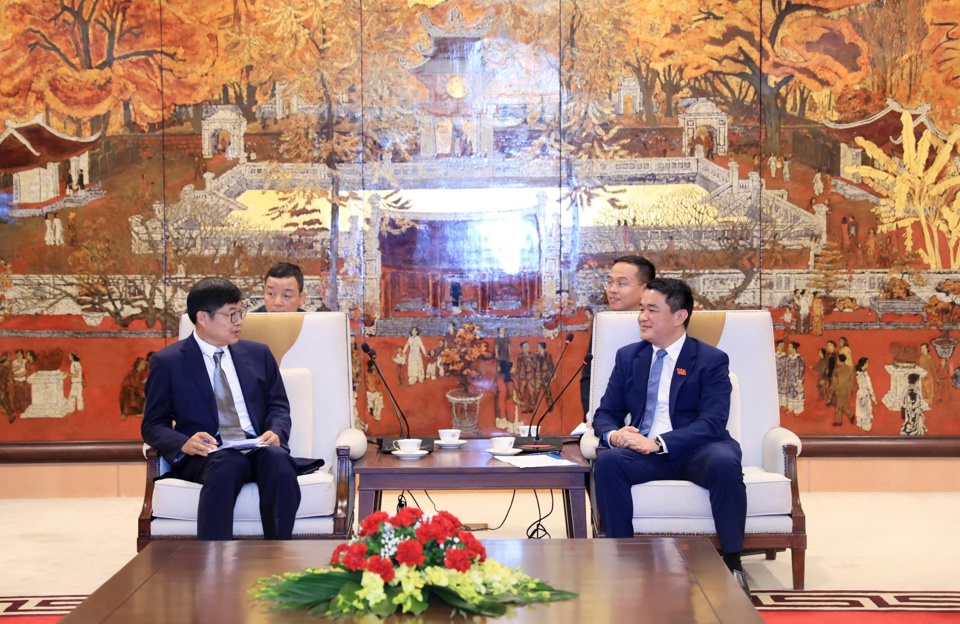

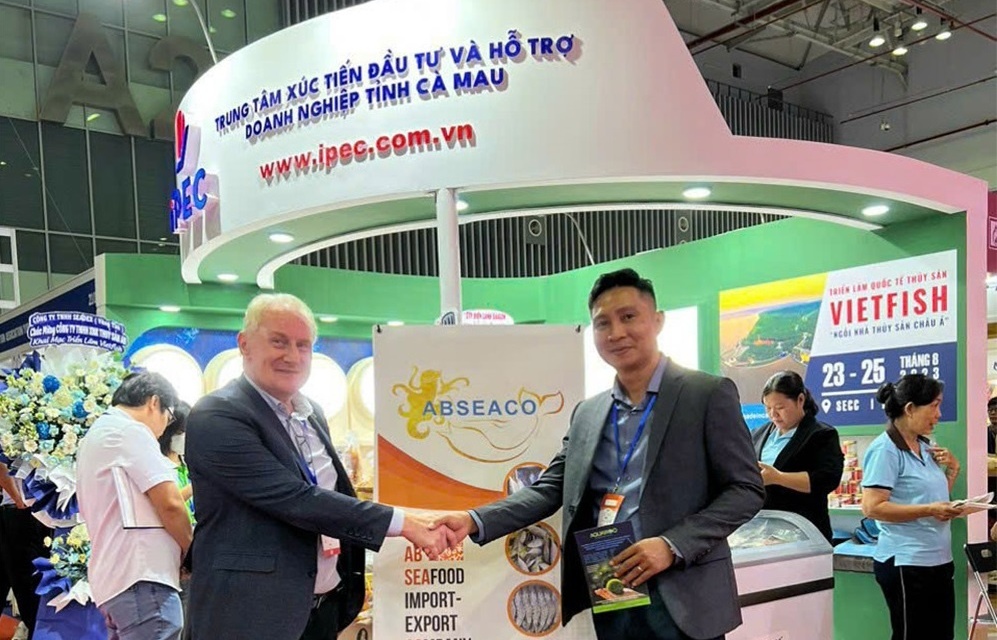
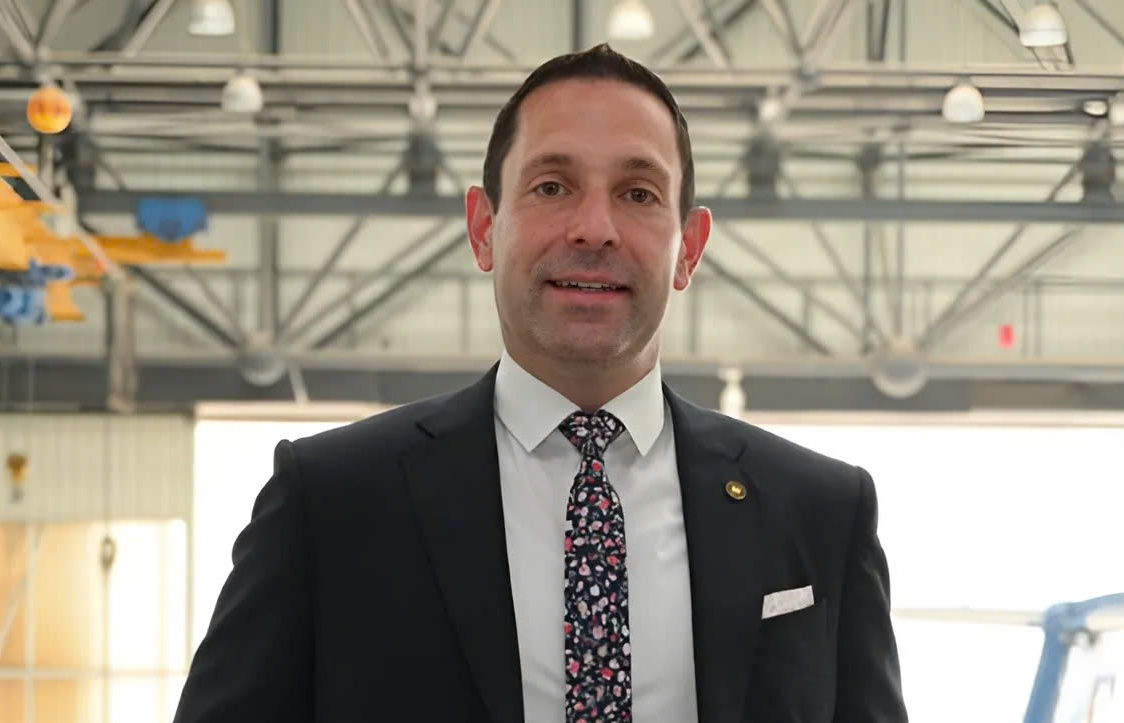



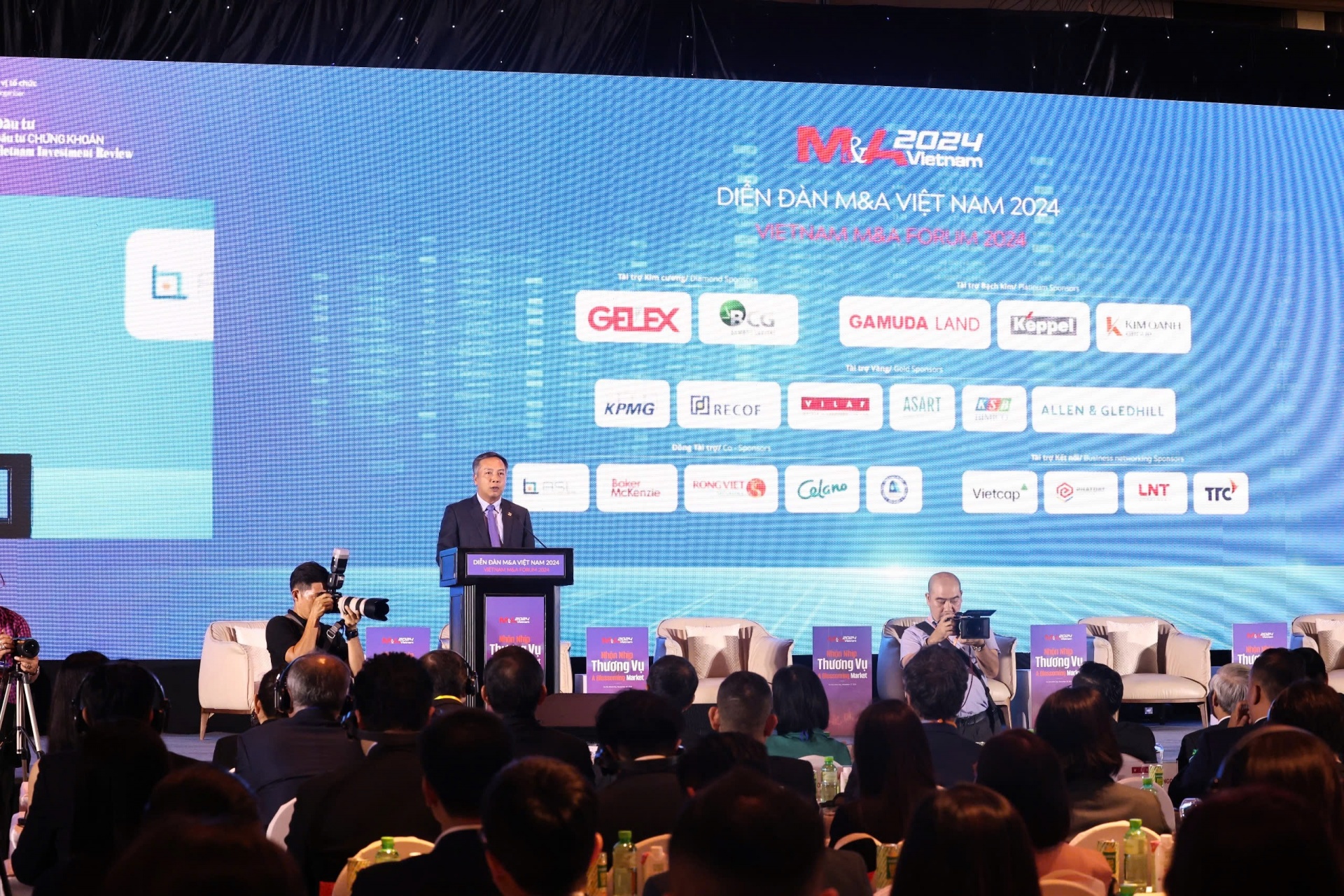
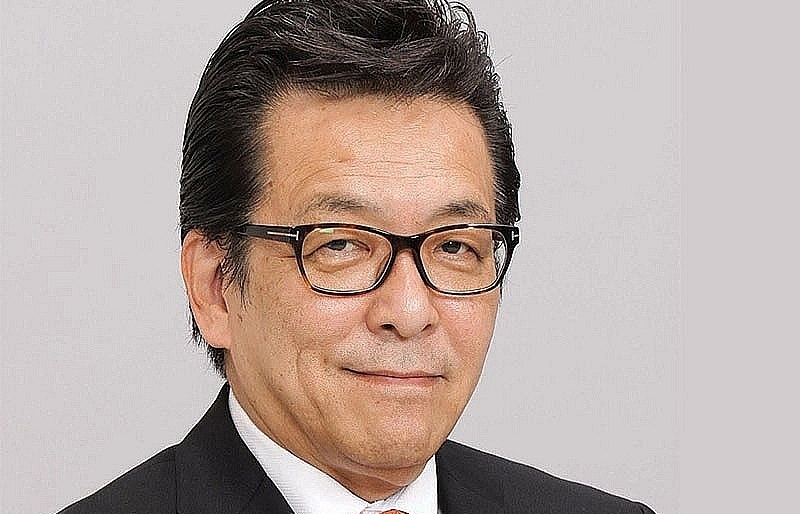
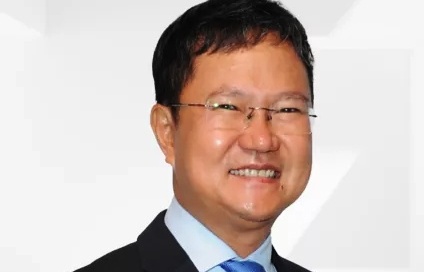



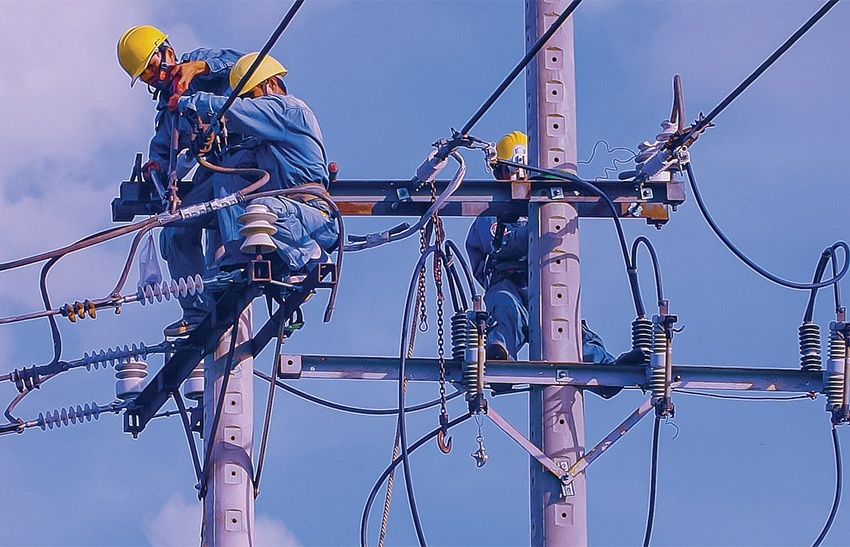
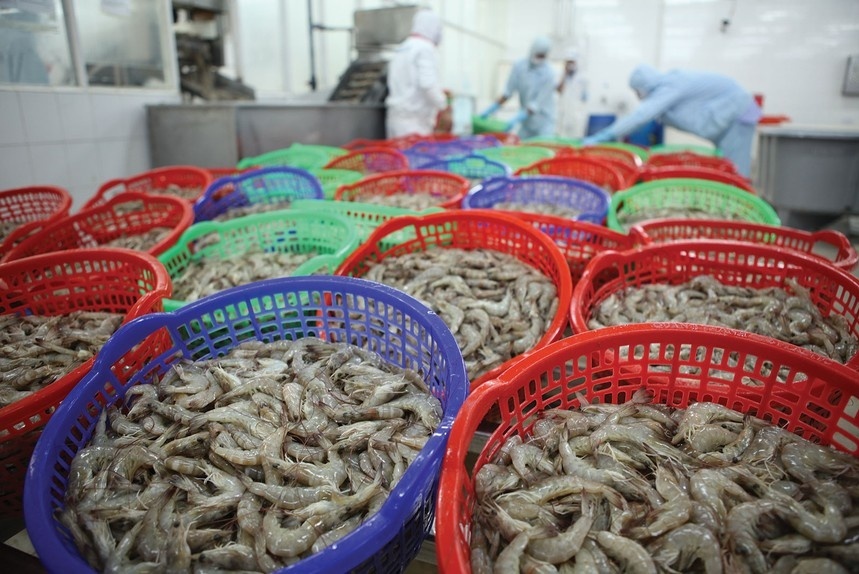




 Mobile Version
Mobile Version